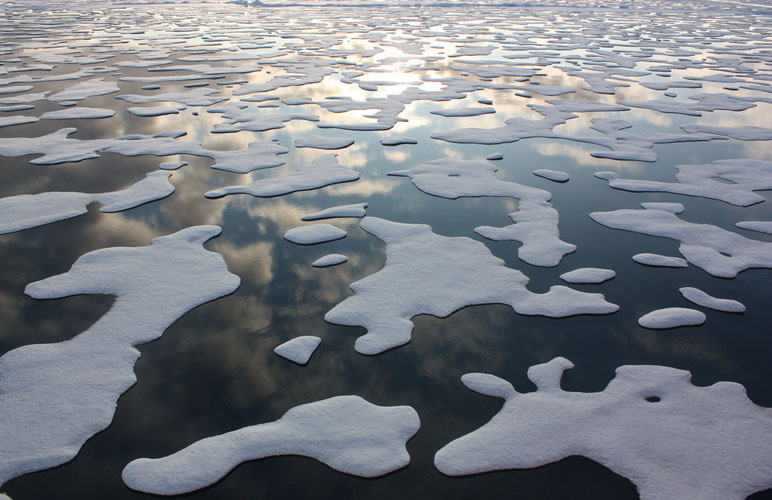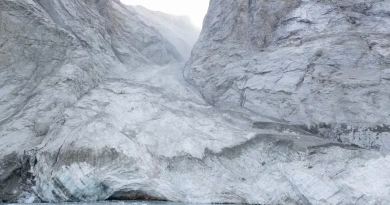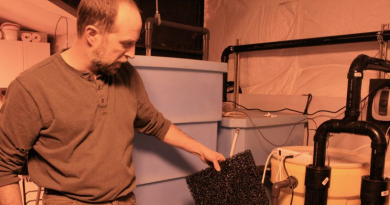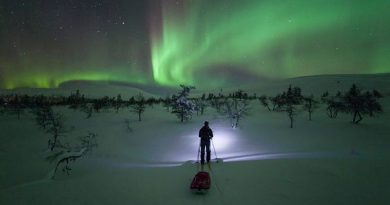Tiny Arctic crustaceans may be riding climate change wave
 With sea ice levels at record lows and shorelines receding, scientists are concerned about the adaptability of animals to global climate change.
With sea ice levels at record lows and shorelines receding, scientists are concerned about the adaptability of animals to global climate change.
But new research suggests one tiny crustacean is riding the waves of climate change.
NBC News reports that tiny, flea-like Apherusa glacialis that dwells on the underside of sea ice may already be adapting to iceless summer days.
When Norwegian marine biologist Jørgen Berge of the University Centre in Svalbard and his research team drug up the tiny creatures from deep in the Arctic Ocean in January, they found about half of the creatures to be egg-bearing females.
Finding so many females at such deep depths was odd; they began to wonder why.
The researchers theorize that the crustaceans are able to stay on the sea ice in spite of seasonal melting by riding on the ice as it moves out into the ocean, and then dropping to deep ocean depths to catch currents that whisk them back in the direction of shore.
The researchers calculate that a 10-month float out to sea via ice could be done in three months by riding deep-ocean currents. This would allow the amphipods to survive ice-free summers, and still make it back in time for winter.
“Our findings may ultimately change the perception of ice fauna as a biota imminently threatened by the predicted disappearance of perennial sea ice,” the researchers wrote in the journal Biology Letters on Tuesday.
Read more, here.
For more stories from Alaska Dispatch, click here



